Home>Garden Essentials>How To Collect Seeds From Zinnias
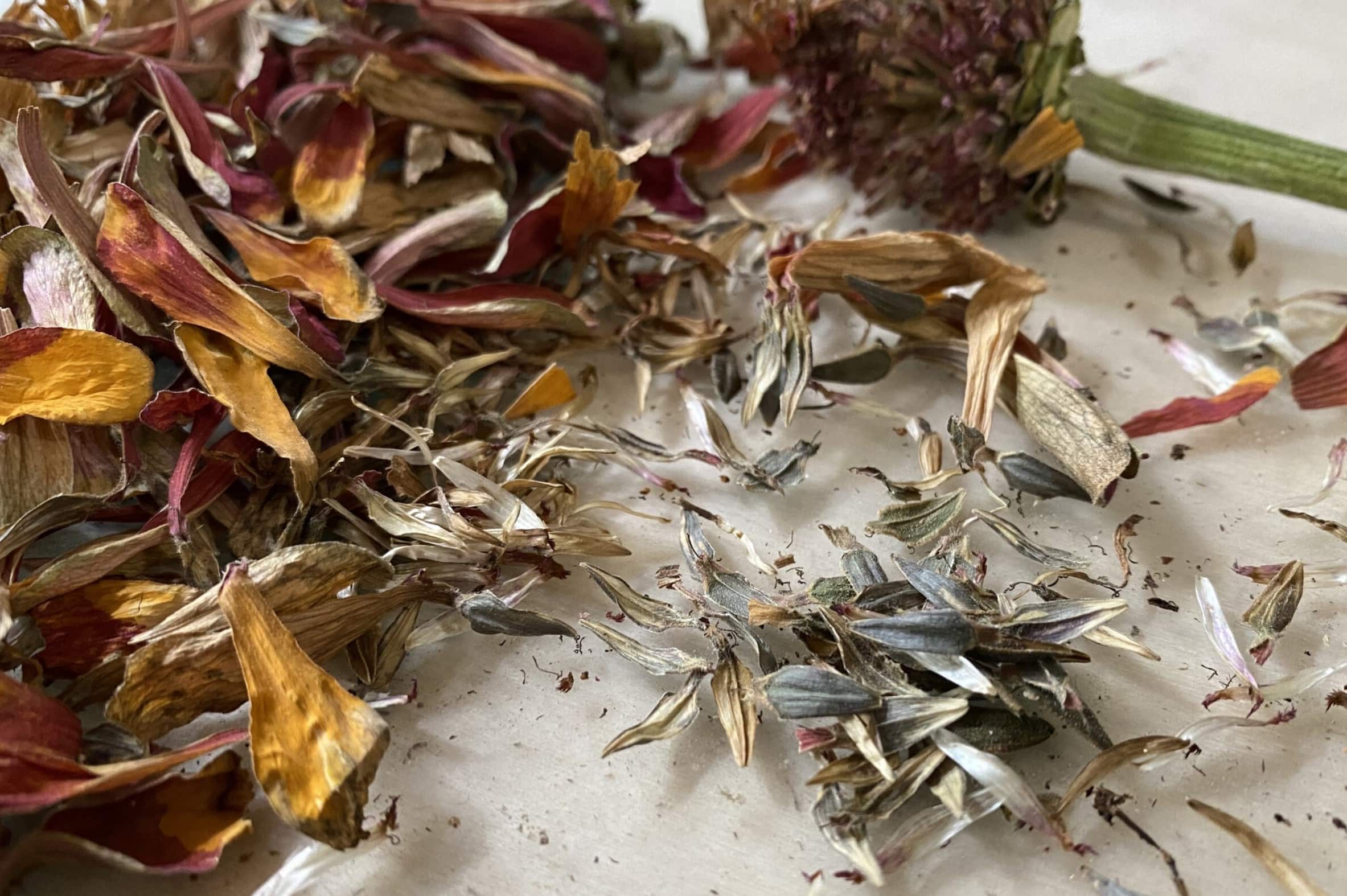

Garden Essentials
How To Collect Seeds From Zinnias
Modified: March 15, 2024
Learn how to collect seeds from zinnias and grow a beautiful garden. Discover tips and techniques for successful seed saving.
(Many of the links in this article redirect to a specific reviewed product. Your purchase of these products through affiliate links helps to generate commission for Storables.com, at no extra cost. Learn more)
Introduction
Zinnias are vibrant, colorful flowers that add a burst of beauty to any garden. With their wide range of colors and sizes, they are a popular choice among garden enthusiasts. One of the most fascinating aspects of zinnias is their ability to produce seeds, which can be collected and used to grow more zinnias in the future.
Collecting seeds from zinnias not only allows you to propagate new plants but also gives you the opportunity to preserve specific varieties and share them with others. Whether you’re a seasoned gardener or a beginner, seed collection can be a rewarding and educational experience.
This article will guide you through the process of collecting zinnia seeds, providing you with valuable tips and insights along the way. From when to collect the seeds to how to store them properly, we’ll cover all the essential information you need to know.
So, if you’re ready to embark on a seed-saving adventure and discover the wonders of zinnias, let’s dive in.
Key Takeaways:
- Save money and preserve unique zinnia varieties by collecting and storing seeds. Share the joy of gardening with others while learning about plant life cycles.
- Enjoy a rewarding and educational adventure by collecting zinnia seeds. Experiment with different varieties and share the magic of nature with fellow gardeners.
Read more: How To Grow Zinnias From Seed
Why Collect Seeds from Zinnias
There are several compelling reasons why you should consider collecting seeds from your zinnias:
- Preserving Genetic Diversity: Zinnias come in a vast array of colors, sizes, and shapes. By collecting and saving seeds from your zinnias, you can preserve the unique characteristics of specific varieties. This helps maintain genetic diversity within the zinnia population and ensures that these beautiful flowers continue to thrive for generations to come.
- Cost-Effective Gardening: Buying new zinnia plants from nurseries or garden centers can add up over time. By collecting seeds, you can grow multiple zinnia plants at a fraction of the cost. This is especially beneficial if you have limited gardening budget or if you enjoy experimenting with different zinnia varieties without breaking the bank.
- Sharing with Others: Zinnias are beloved by many gardening enthusiasts, and sharing seeds with fellow gardeners is a wonderful way to spread joy and beauty. You can create a sense of community by swapping seeds with others or by offering them as gifts. Your friends and family will be delighted to receive seeds from your homegrown zinnias, and you can all enjoy the beauty of these flowers together.
- Learning and Education: Seed collection is not only a practical activity but also a valuable educational opportunity. By observing the different stages of a zinnia’s life cycle, from seed to flower, you can gain a deeper understanding of botany and plant reproduction. It can be a fascinating hands-on lesson for children and adults alike, fostering a love and appreciation for nature.
Collecting seeds from zinnias is an enriching experience that allows you to actively participate in the life cycle of these remarkable flowers. It opens up a world of possibilities and empowers you to create new garden masterpieces. So, let’s discover when is the best time to collect zinnia seeds.
When to Collect Zinnia Seeds
The timing of when to collect zinnia seeds is crucial to ensure that the seeds are mature and viable. Zinnias are annual flowers, meaning they complete their life cycle within one growing season. The seed development process occurs after the flowers have bloomed and started to fade.
It is best to wait until the zinnia flowers have fully matured and begun to dry out on the plant. The petals will start to wither, and the center of the flower, known as the seed head, will start to turn brown or tan in color. At this stage, the seeds are usually ready for harvesting.
A good indicator that the seeds are ripe is when you gently shake the seed head, and you hear a rattling sound. This means that the seeds have detached from the flower and are now loose inside the seed head.
Depending on the zinnia variety and local climate, seed maturity can take anywhere from 4 to 6 weeks after the flowers have bloomed. It is essential to regularly check the seed heads to ensure you collect the seeds at the right time. Harvesting too early may result in immature seeds that won’t germinate, while waiting too long may lead to the seeds dispersing naturally.
In general, late summer to early fall is the optimal time to collect zinnia seeds, as this allows enough time for the flowers to go through their growth and seed development stages. However, it is always recommended to observe the specific characteristics of your zinnias to determine the best time for seed collection.
Now that you know when to collect zinnia seeds, let’s move on to the supplies you’ll need for a successful seed collection process.
Supplies Needed for Seed Collection
Collecting zinnia seeds requires minimal supplies that are readily available and easy to acquire. Here are the essential tools and materials you will need:
- Gardening Gloves: Protect your hands while handling the zinnia seed heads by wearing a pair of sturdy gardening gloves. This will prevent any pricks or scratches from the dried flower stems.
- Pruning Shears or Scissors: To harvest the zinnia seed heads, you will need a sharp pair of pruning shears or scissors. These tools will allow you to cut the stem cleanly and remove the seed head without damaging it.
- Paper Bag or Envelope: Use a paper bag or envelope to collect the seed heads. Opting for a paper-based container is preferable over a plastic bag as it allows for air circulation, preventing moisture buildup and potential mold formation.
- Marker or Label: It’s important to label the collected seeds with the zinnia variety and the date of collection. This will help you keep track of the different varieties and ensure seed viability over time.
- Paper Towels or Screens: After collecting the seed heads, you will need a flat surface to dry them properly. You can use paper towels or screens to spread out the seed heads and allow for air circulation. This will help prevent mold or rotting.
These basic supplies will help facilitate a smooth and successful seed collection process. Now that you’re equipped with the necessary tools, let’s dive into the step-by-step guide on how to collect zinnia seeds.
After the zinnia flowers have faded and dried, carefully remove the seed heads and place them in a paper bag. Shake the bag to release the seeds, then store them in a cool, dry place for planting next year.
Step-by-Step Guide to Collecting Zinnia Seeds
Collecting zinnia seeds is a simple process that involves a few easy steps. Follow this step-by-step guide to ensure a successful seed collection:
- Select Mature Zinnia Flowers: Choose zinnia flowers that have fully bloomed and are starting to fade. Look for flowers with dry, withering petals and seed heads that have turned brown or tan in color.
- Cut the Seed Heads: Using pruning shears or scissors, cut the zinnia seed heads from the plant. Make sure to leave a portion of the stem attached to the seed head, as this will make handling and drying easier.
- Place the Seed Heads in a Collection Container: Collect the seed heads in a paper bag or envelope, ensuring that they are spread out in a single layer. This will prevent the seeds from getting crushed or damaged.
- Label and Date the Seed Collection: Use a marker or label to identify the zinnia variety and the date of collection. This will help you keep track of the different seeds and their viability over time.
- Dry the Seed Heads: Place the collection container in a dry, well-ventilated area. You can use paper towels or screens to spread out the seed heads and allow for air circulation. Leave them to dry for about 1-2 weeks or until the seed heads are completely dry and brittle.
- Separate the Seeds: Once the seed heads are dry, gently shake or rub them to release the seeds. Be careful not to exert too much force or you may damage the seeds. Remove any debris or chaff from the seeds using your fingers or a fine sieve.
- Store the Seeds: Store the zinnia seeds in a cool, dry place in an airtight container. You can use small envelopes, glass jars, or resealable bags. Remember to label the containers with the zinnia variety and the date of collection.
Following these steps will ensure that you collect and store zinnia seeds properly, maximizing their chances of successful germination in the future. Now let’s move on to the important topic of storing zinnia seeds.
Read more: How To Seed Zinnias
Storing Zinnia Seeds
Proper storage is crucial to maintain the viability of zinnia seeds for future planting. By following these guidelines, you can ensure that your collected seeds stay viable and ready for germination:
- Ensure Dryness: Before storing the zinnia seeds, make sure they are completely dry. Moisture can lead to mold growth and the deterioration of the seeds. It’s best to allow the seeds to air dry for a few extra days after harvesting to ensure they are free of any moisture.
- Choose the Right Containers: Select airtight containers for storing zinnia seeds. Small envelopes, glass jars, or resealable bags work well. Avoid plastic containers as they can trap moisture, which may compromise the seed quality. Make sure the containers are clean, dry, and labeled with the zinnia variety and date of collection.
- Store in a Cool Location: Zinnia seeds can remain viable for a few years if stored properly. Place the sealed containers in a cool and dark location, such as a basement, pantry, or refrigerator. The ideal temperature for seed storage is around 40-50°F (4-10°C).
- Avoid Temperature Fluctuations: It’s important to maintain a consistent temperature for seed storage. Fluctuating temperatures can affect seed viability. Avoid storing the seeds in locations prone to temperature changes, such as near heating vents or in direct sunlight.
- Check for Moisture Regularly: Periodically check the stored seeds for any signs of moisture or mold. If condensation is present, remove the seeds from the container and allow them to air dry before returning them to storage.
- Label and Organize: Keep your stored zinnia seeds well-organized and labeled. This will help you easily identify the zinnia variety and the date of collection when you decide to plant them in the future.
By following these storage guidelines, you can ensure the longevity and viability of your zinnia seeds. Now that you know how to properly store the seeds, let’s explore some additional tips for successful seed collection.
Tips for Successful Seed Collection
Collecting zinnia seeds can be a rewarding experience, but it’s essential to keep a few tips in mind to ensure a successful seed collection process:
- Choose Healthy Plant Specimens: Select zinnia plants that are healthy and free from disease or pest infestations. Healthy plants are more likely to produce high-quality seeds.
- Diversify Your Seed Collection: Aim to collect seeds from different zinnia plant varieties to introduce genetic diversity into your collection. This can help enhance the overall resilience and beauty of your zinnia garden.
- Collect Seeds from Open-Pollinated Varieties: Open-pollinated zinnia varieties produce seeds that come from natural pollination, which helps maintain the integrity of the original variety. These seeds will produce offspring similar to the parent plant.
- Observe Seed Maturation: Regularly check the zinnia seed heads for signs of maturity. Harvest the seeds when the seed head turns brown or tan, and you can hear a rattling sound when gently shaken.
- Air Dry Seeds Adequately: Thoroughly dry the collected seeds before storing them. Proper drying reduces the risk of mold or rot and improves seed longevity. Ensure that the seeds are fully dry before sealing them in containers.
- Regularly Monitor Stored Seeds: Periodically check on your stored zinnia seeds to make sure they remain dry and free of any signs of moisture or mold. This will help ensure their long-term viability.
- Share Your Seeds: Consider sharing your excess zinnia seeds with friends, family, or fellow gardeners. This not only spreads the joy of growing zinnias but also allows for cross-pollination and the sharing of diverse zinnia varieties.
- Experiment and Have Fun: Don’t be afraid to experiment with different zinnia varieties, seed saving techniques, and gardening methods. Seed collection is an exciting opportunity to explore the world of zinnias and make new discoveries along the way.
By following these tips, you’ll be well-prepared for a successful zinnia seed collection adventure. Now you’re equipped with the knowledge needed to collect, store, and propagate zinnia seeds. Happy seed collecting!
Before you set off on your seed collection journey, take a moment to appreciate the beauty and wonder of zinnias in your garden. Their vibrant colors and delicate petals are a testament to nature’s artistry. Enjoy the process of collecting seeds and trust in the magic of new life that will bloom from these tiny treasures.
Conclusion
Collecting seeds from zinnias is not only a practical way to propagate new plants but also a fascinating adventure that allows you to dive deeper into the beauty and intricacies of these stunning flowers. By following the step-by-step guide and tips outlined in this article, you can successfully collect, store, and share zinnia seeds while preserving their unique qualities.
Collecting zinnia seeds not only gives you the opportunity to preserve and propagate specific varieties, but it also allows you to save money and share the joy of gardening with others. The process of seed collection is not only educational but also rewarding, as it provides a deeper understanding of the life cycle of plants and the marvels of nature.
Remember to choose mature zinnia flowers for seed collection and ensure that the seed heads are fully dry before storing them. Use proper storage containers and maintain a cool, consistent temperature to maximize seed viability.
Additionally, don’t hesitate to experiment with different zinnia varieties and share your excess seeds with fellow gardeners. By doing so, you contribute to the preservation of zinnia diversity and foster a sense of community amongst gardening enthusiasts.
So, whether you’re a seasoned gardener or a beginner, embarking on a seed-saving journey with zinnias can be a fulfilling and enriching experience. From sowing the collected seeds to witnessing them bloom into vibrant flowers, every step of the process is a testament to the beauty and resilience of nature.
Now, armed with the knowledge and tips provided in this article, it’s time to venture into your garden, collect those zinnia seeds, and unlock the infinite possibilities that lie within. Happy gardening!
Frequently Asked Questions about How To Collect Seeds From Zinnias
Was this page helpful?
At Storables.com, we guarantee accurate and reliable information. Our content, validated by Expert Board Contributors, is crafted following stringent Editorial Policies. We're committed to providing you with well-researched, expert-backed insights for all your informational needs.
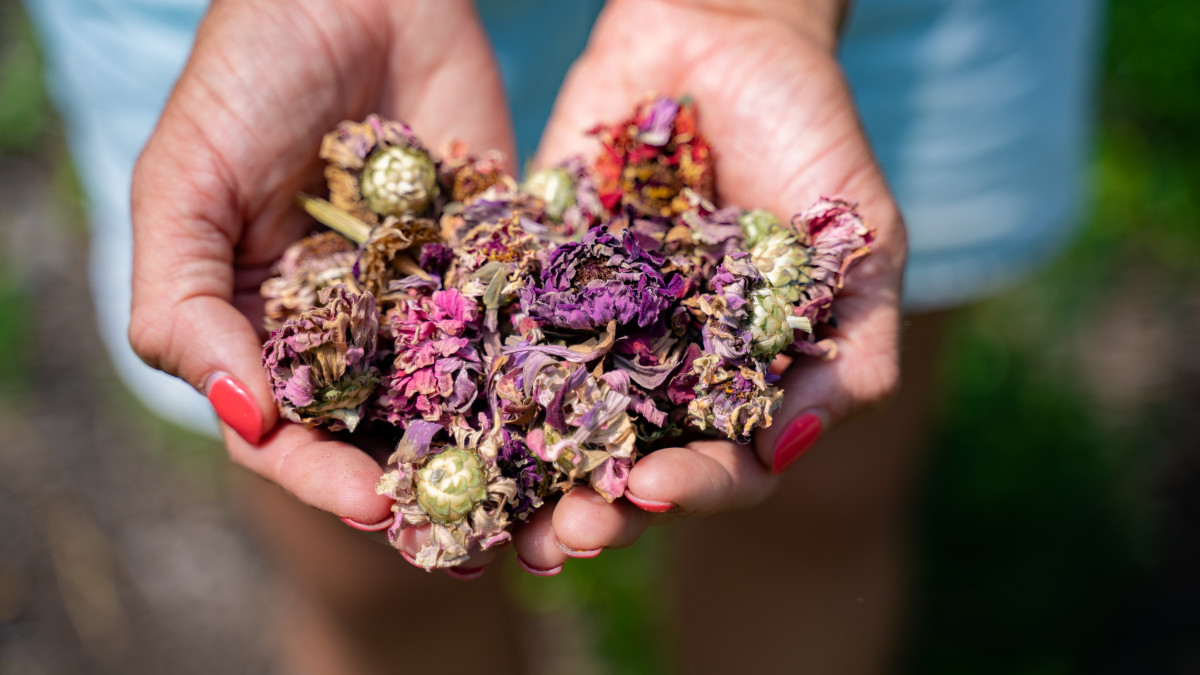
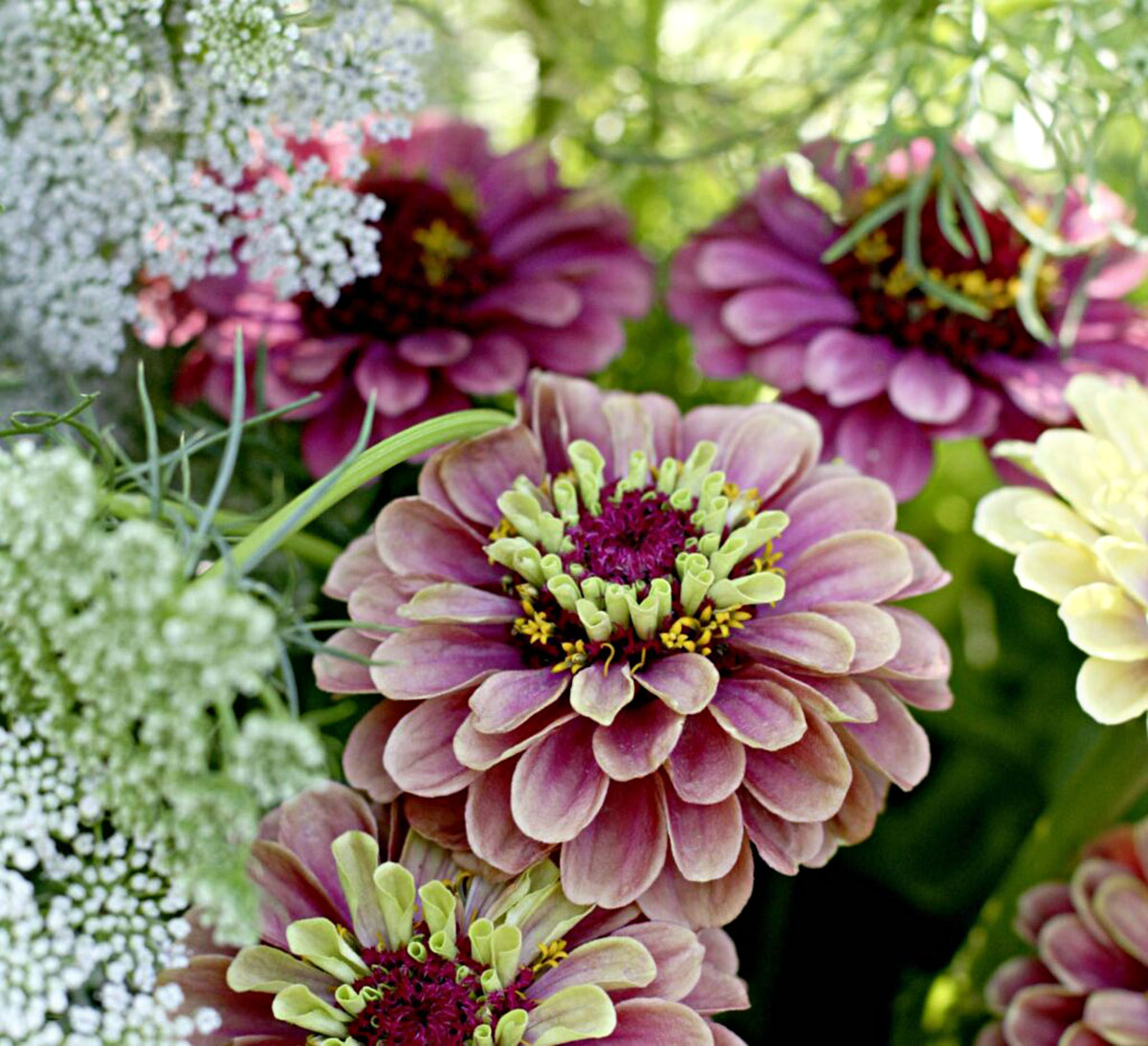
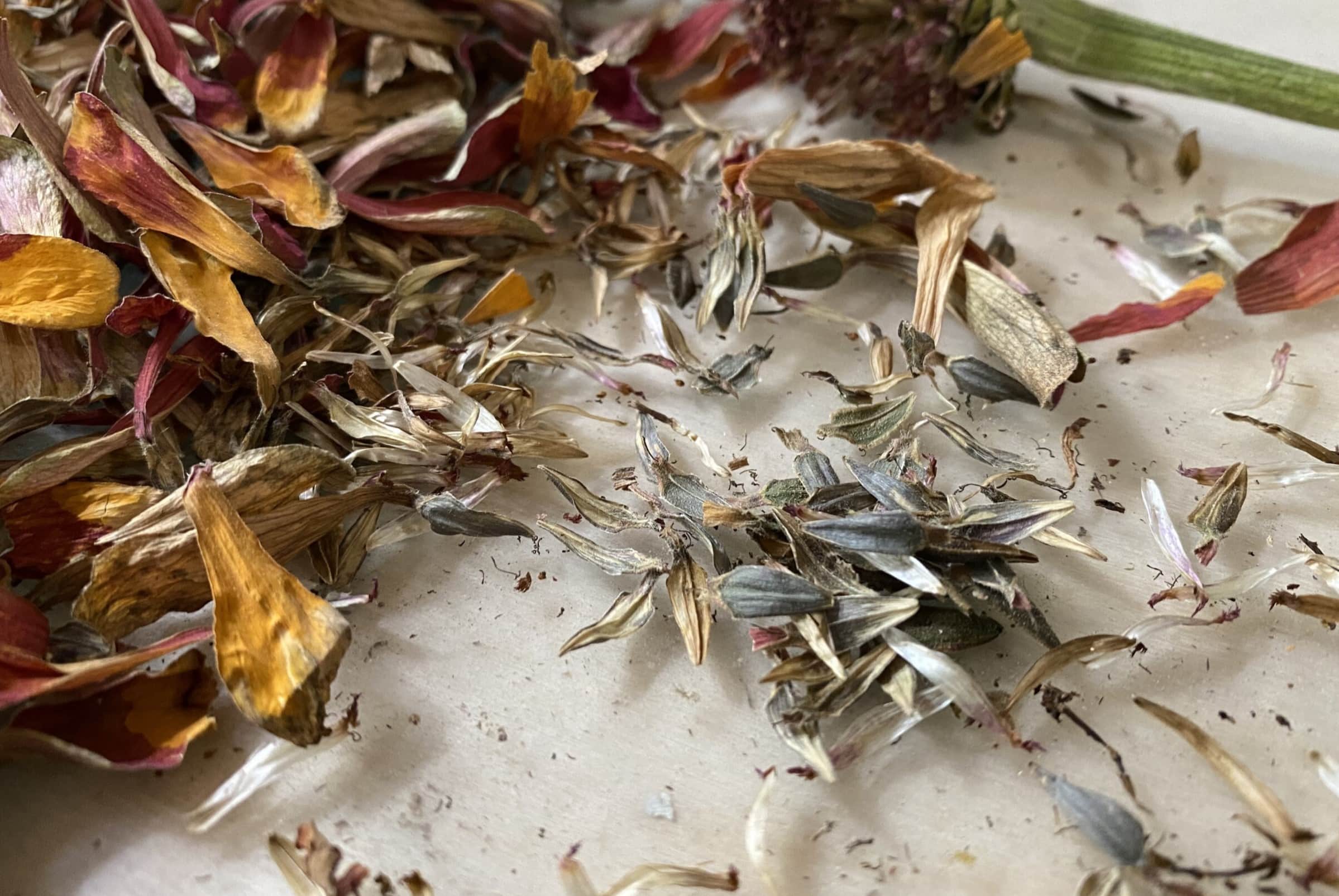
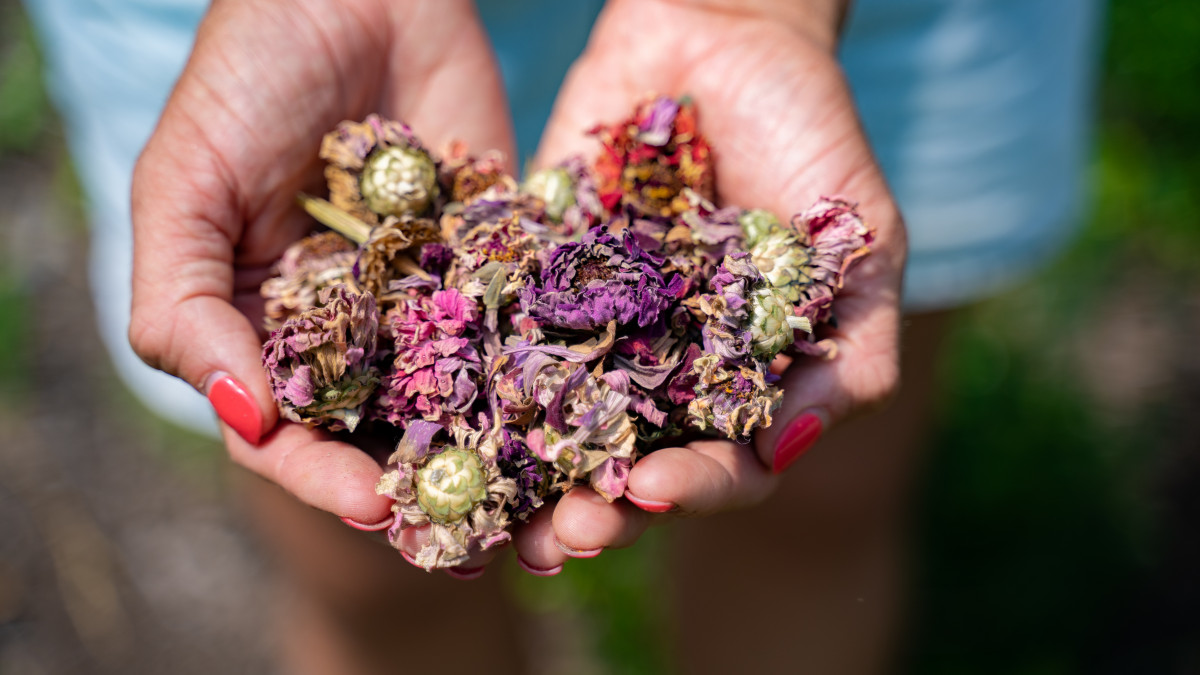
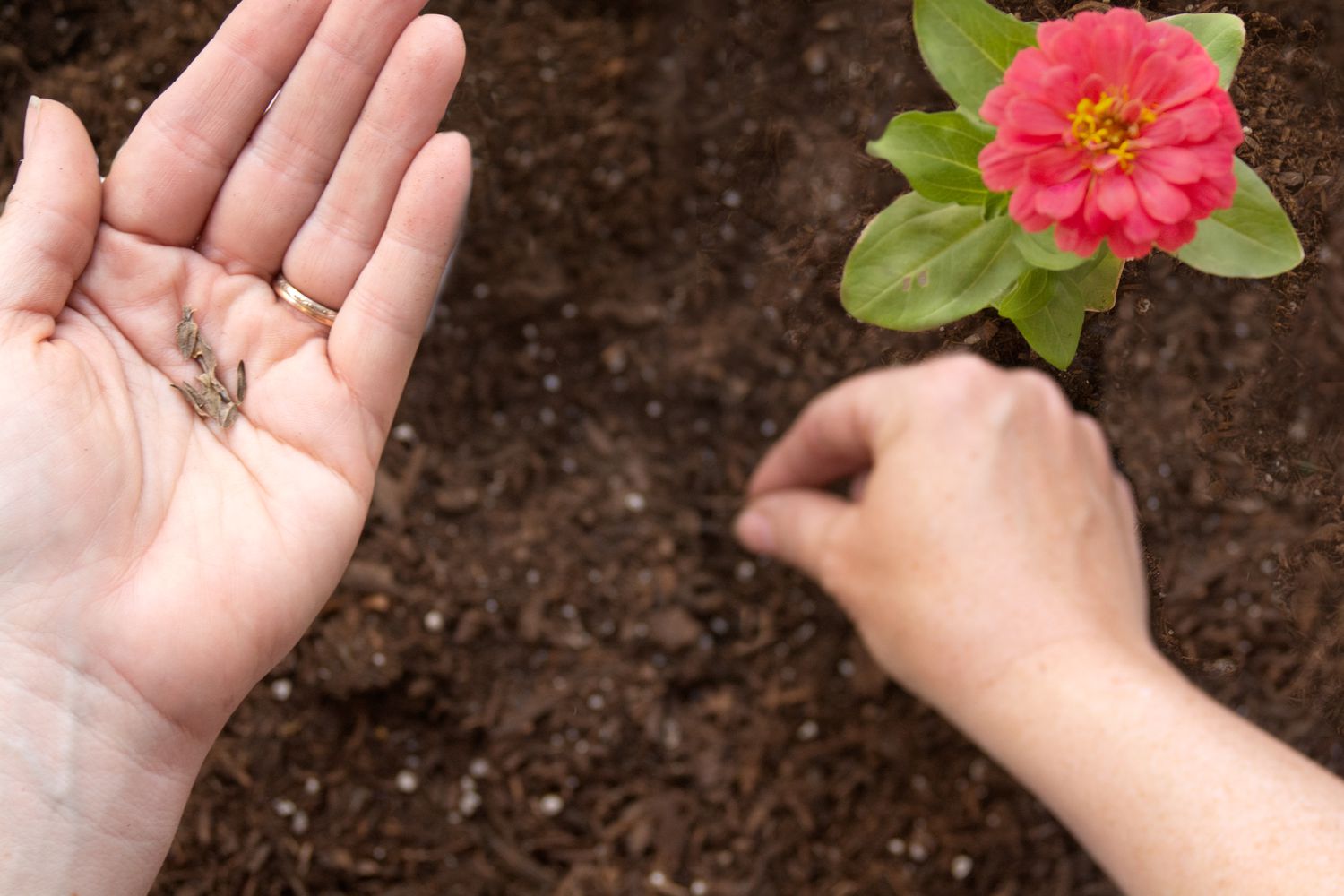
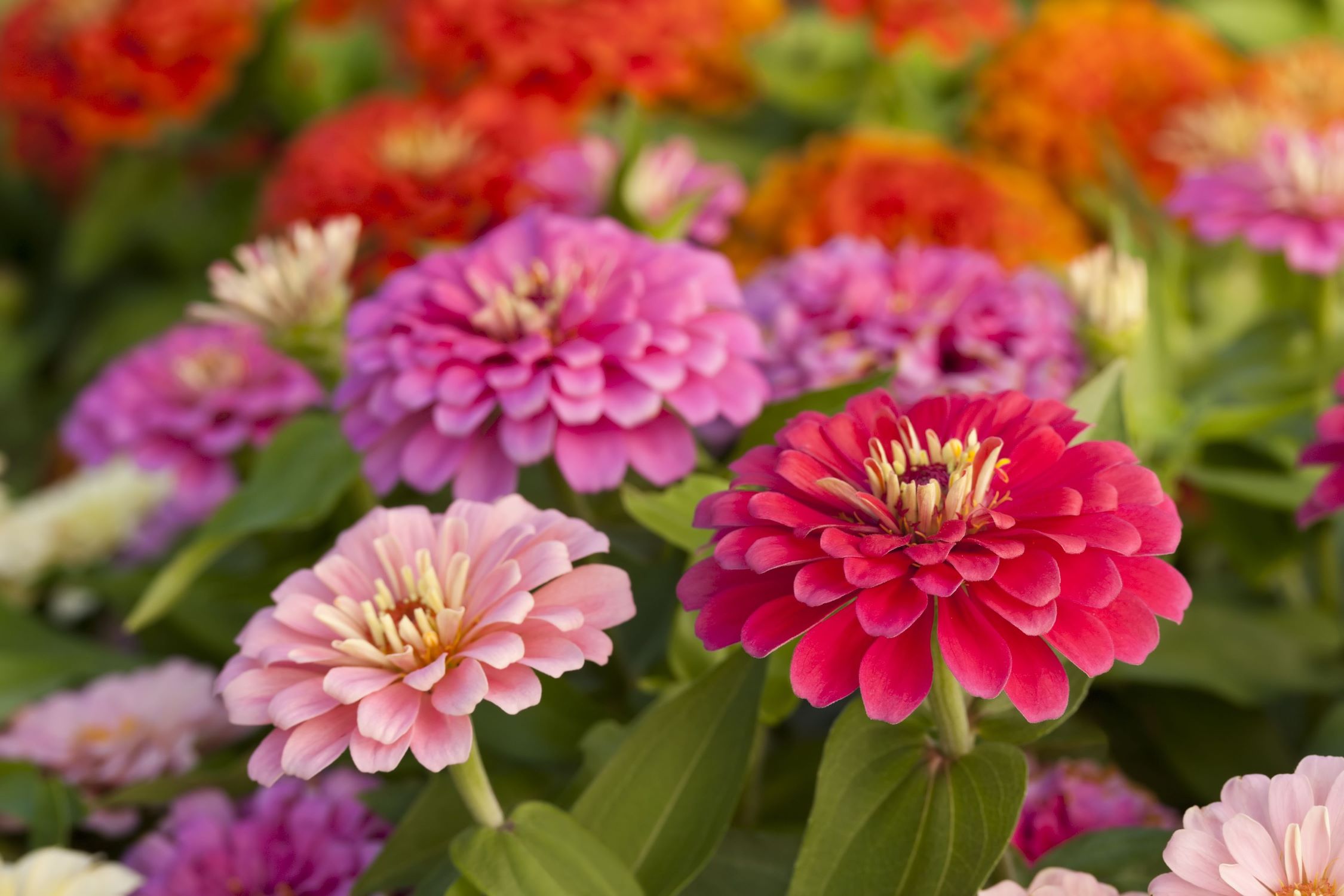
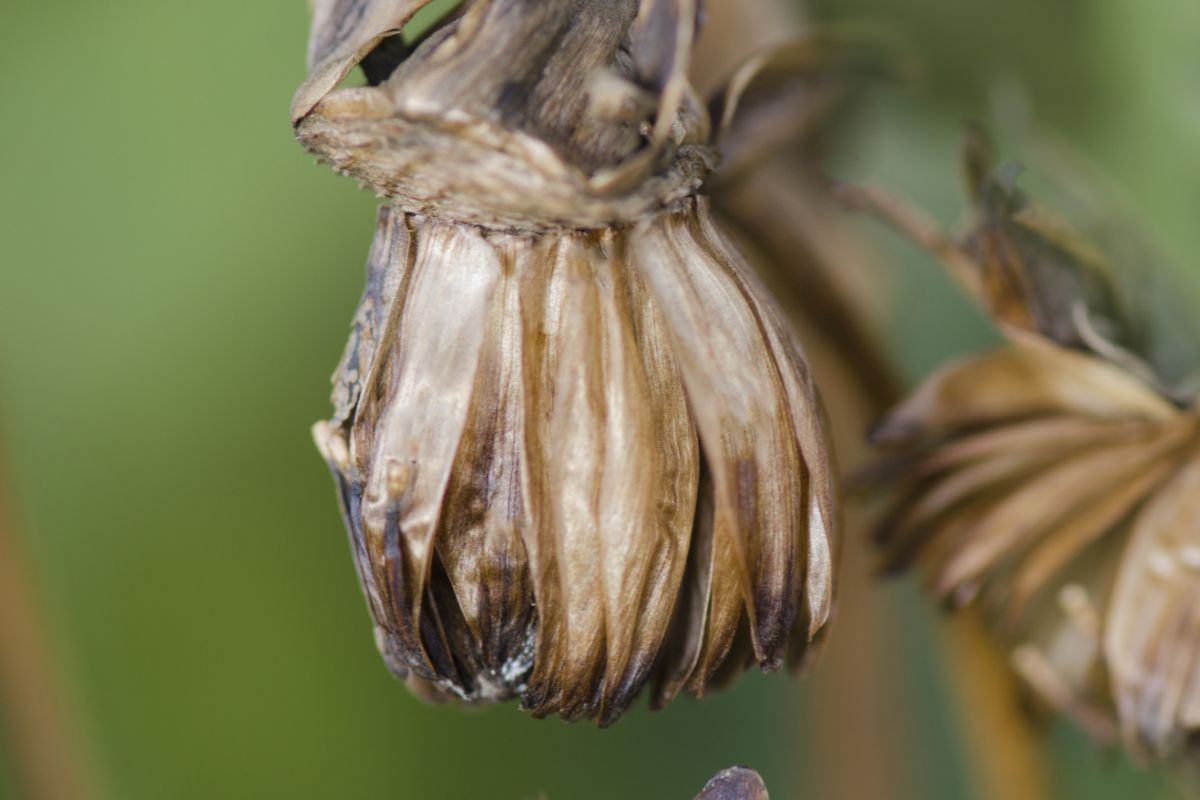
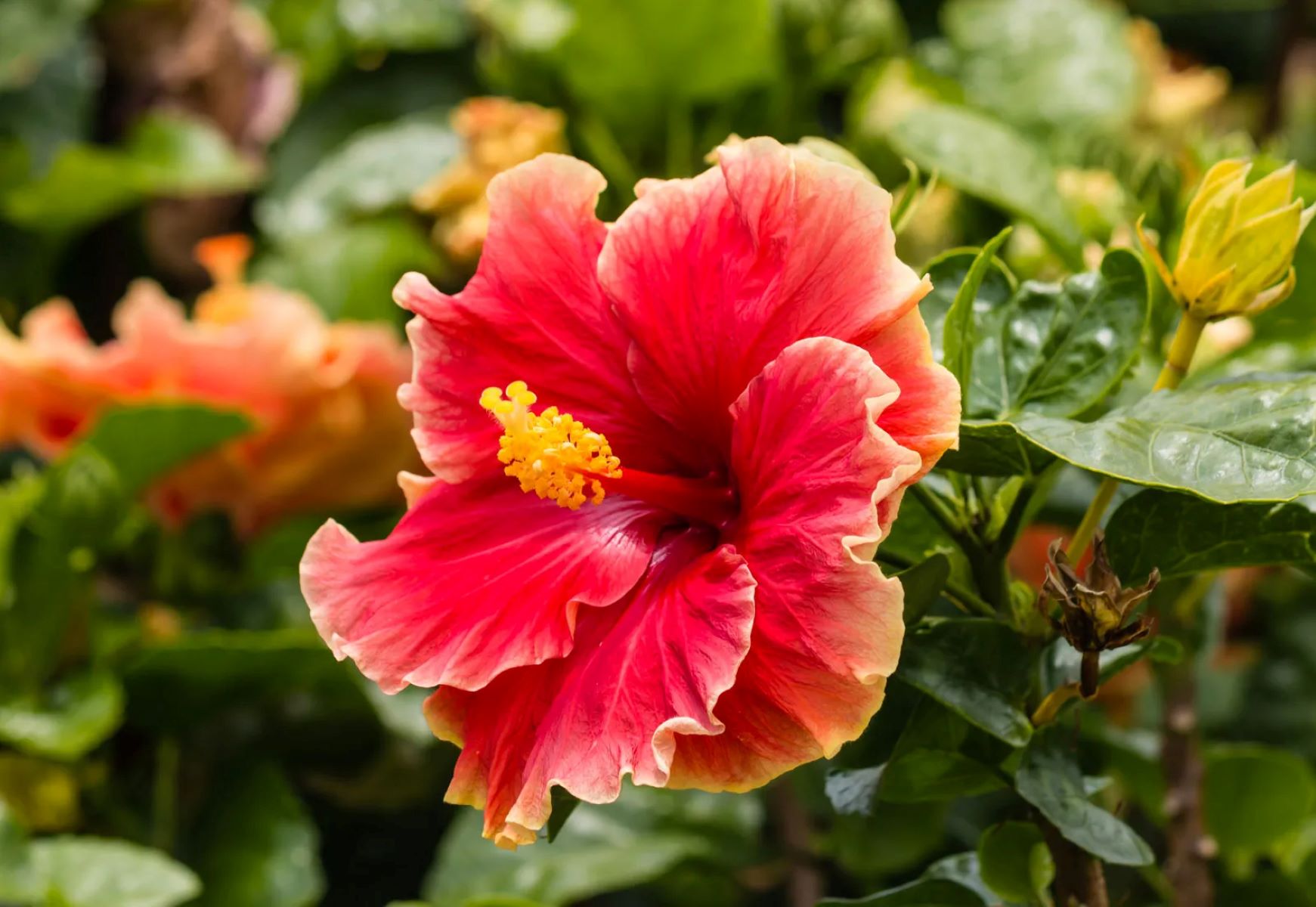
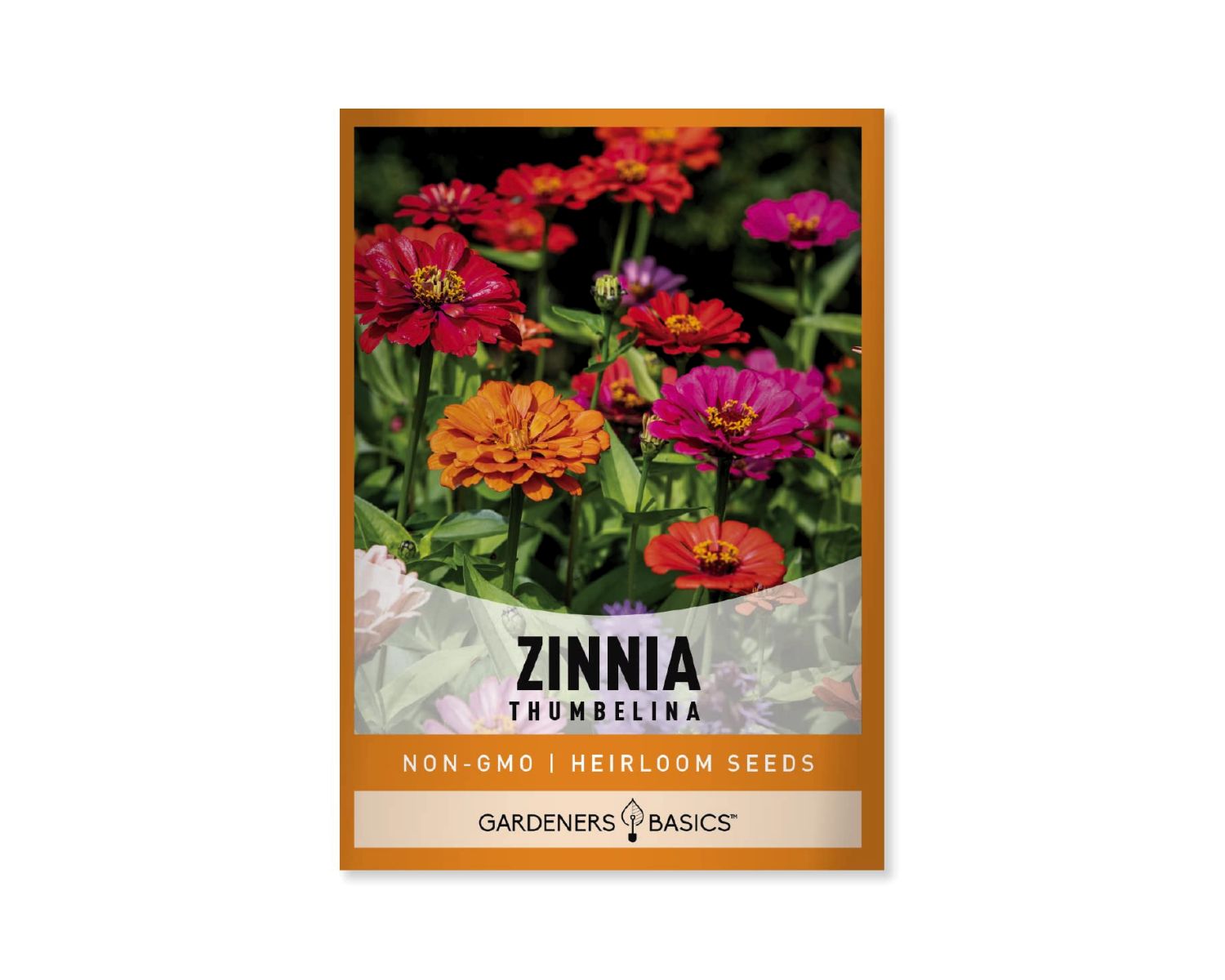
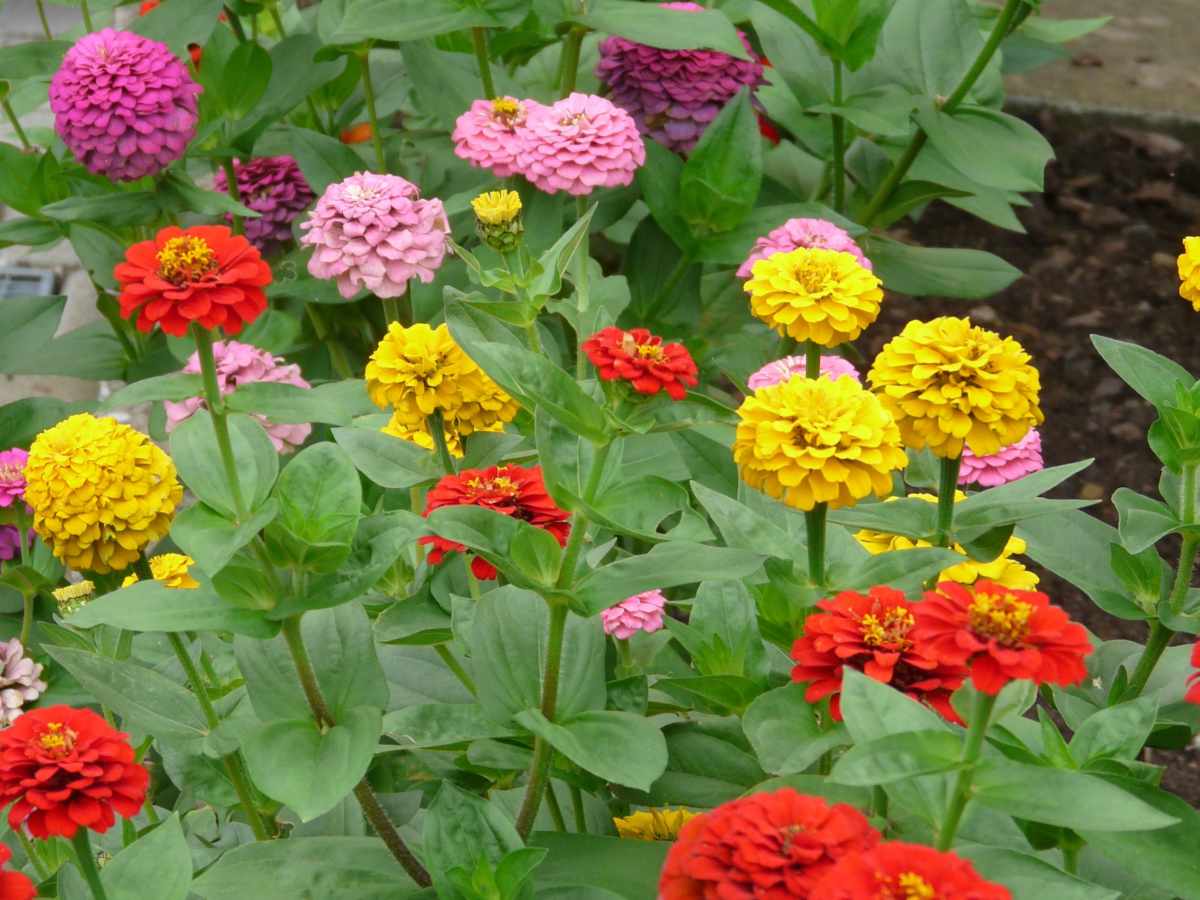
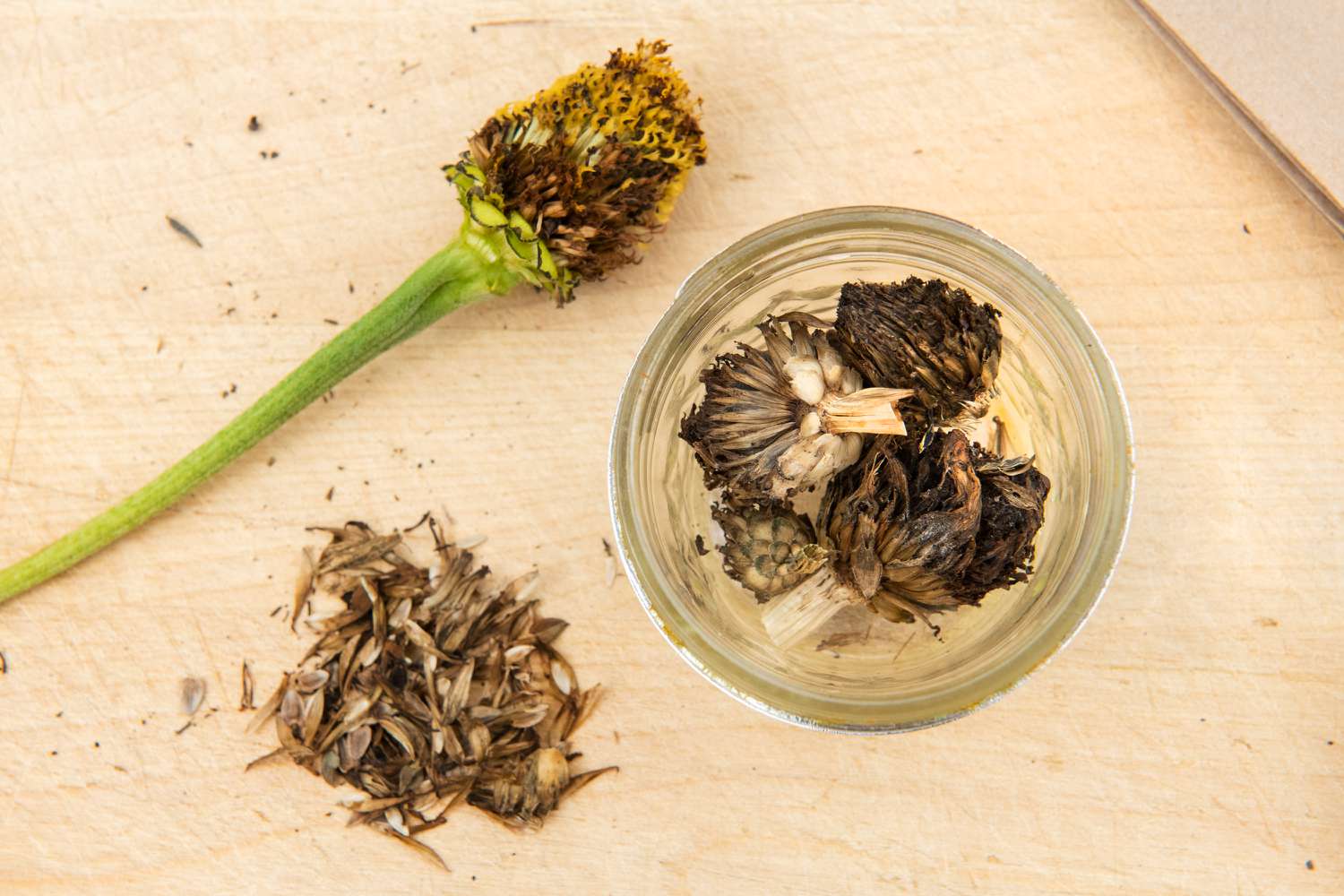
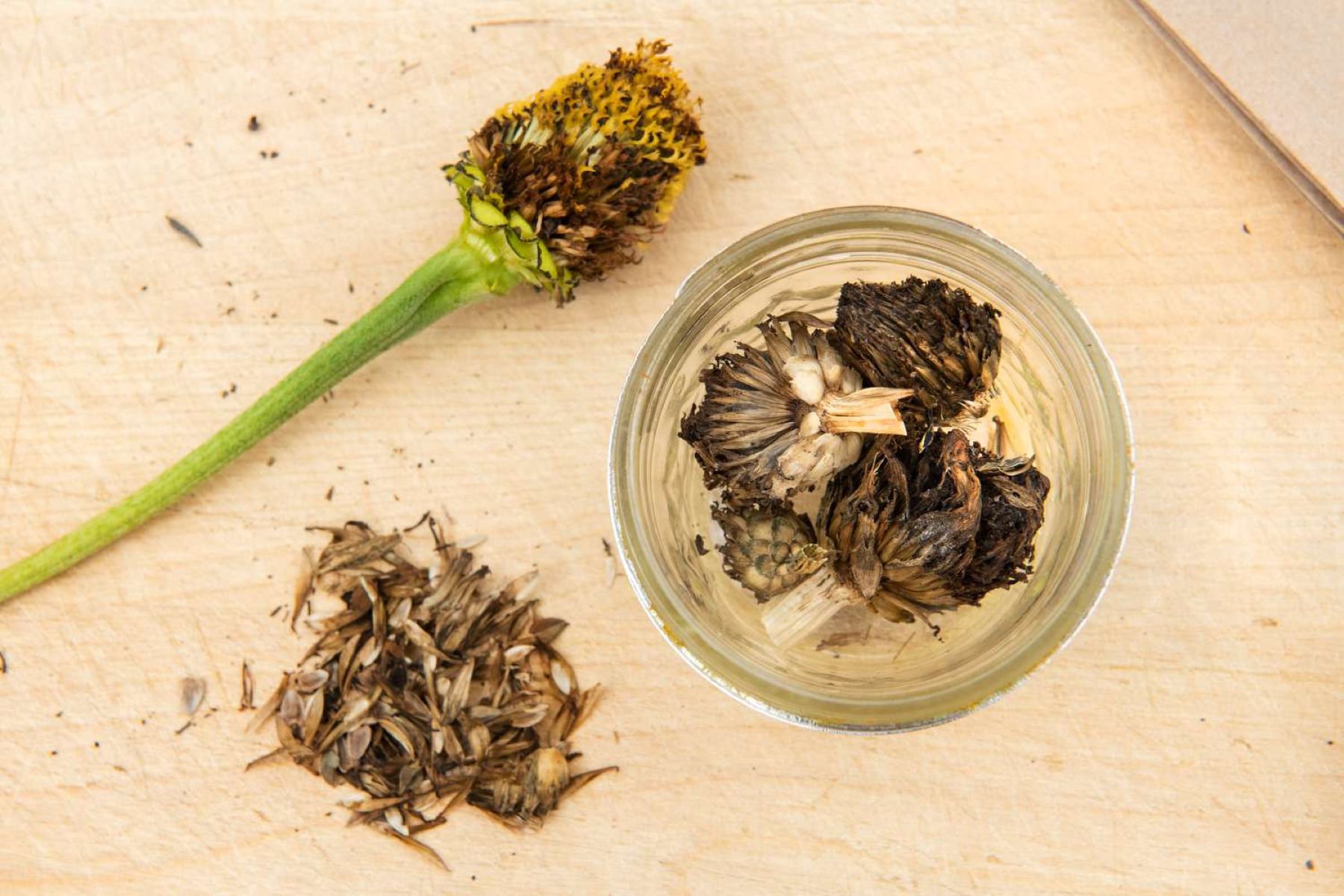
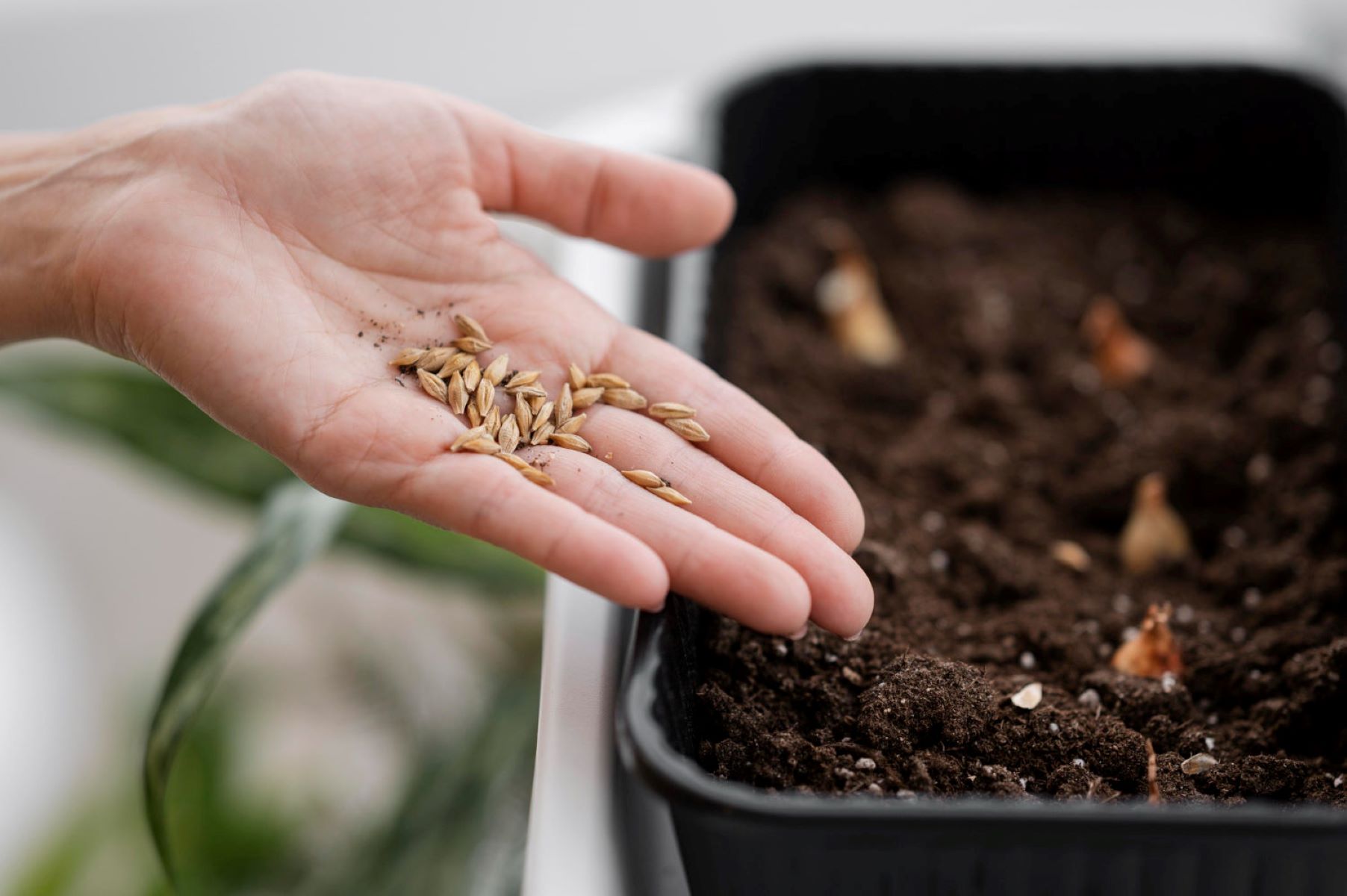


0 thoughts on “How To Collect Seeds From Zinnias”